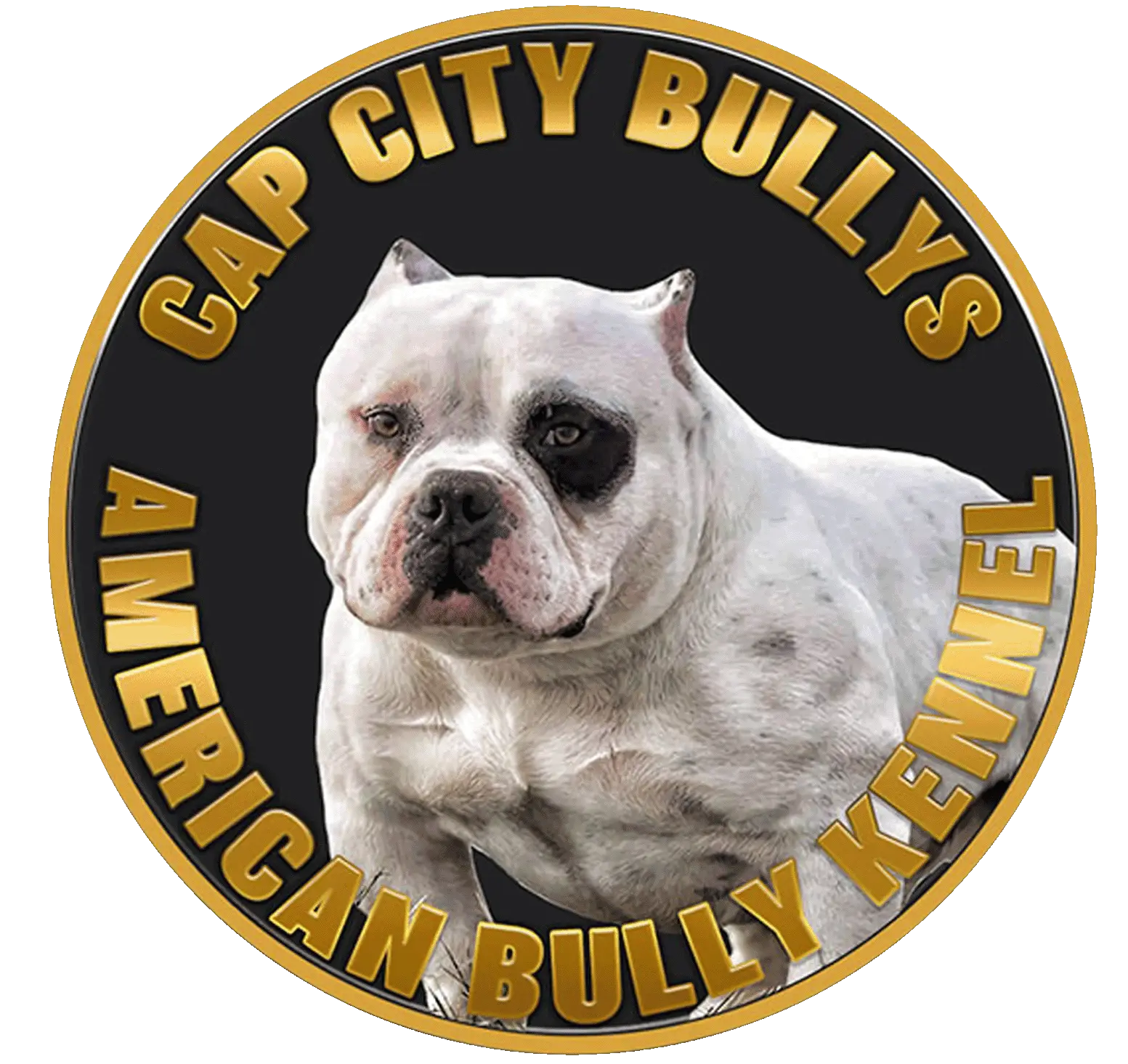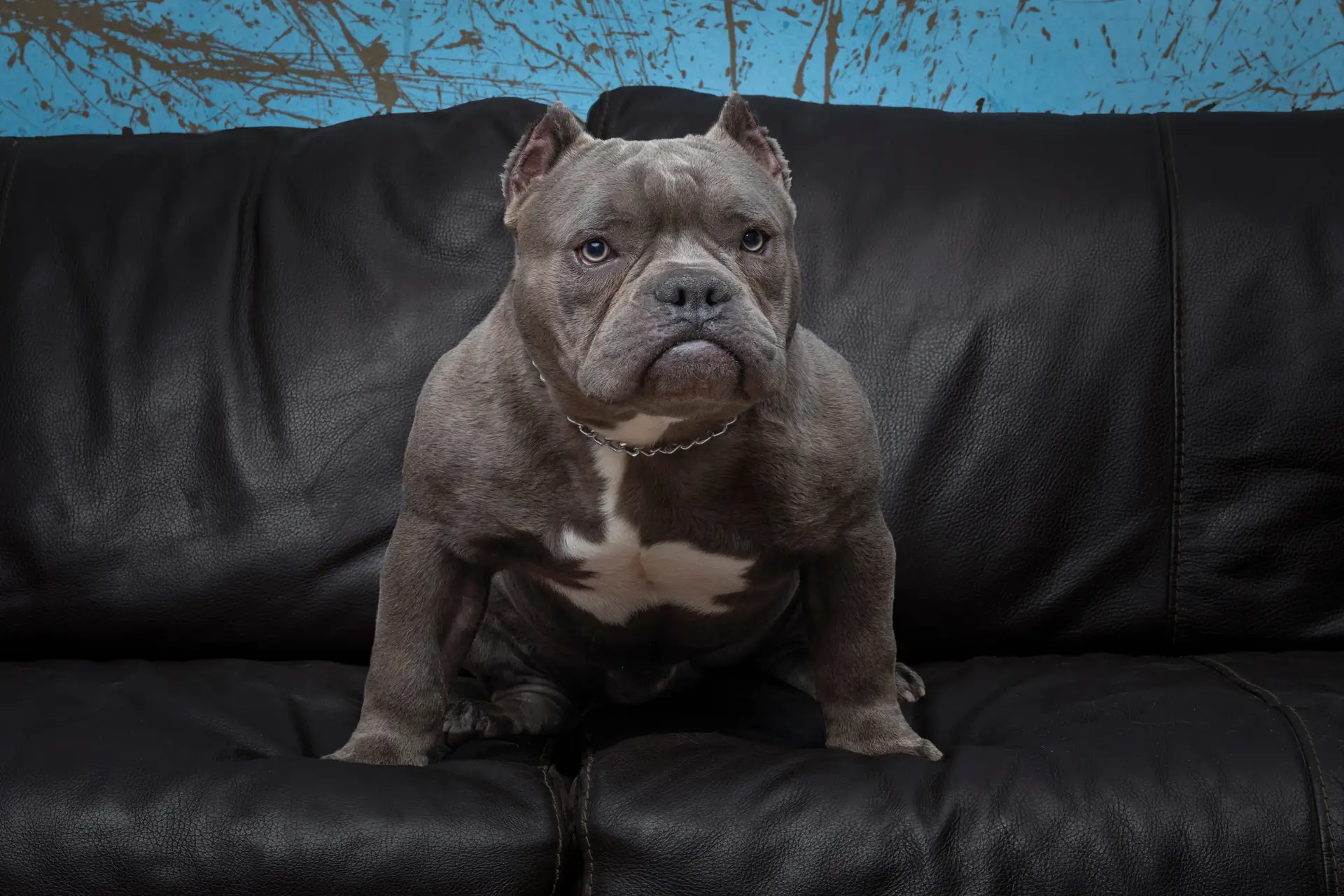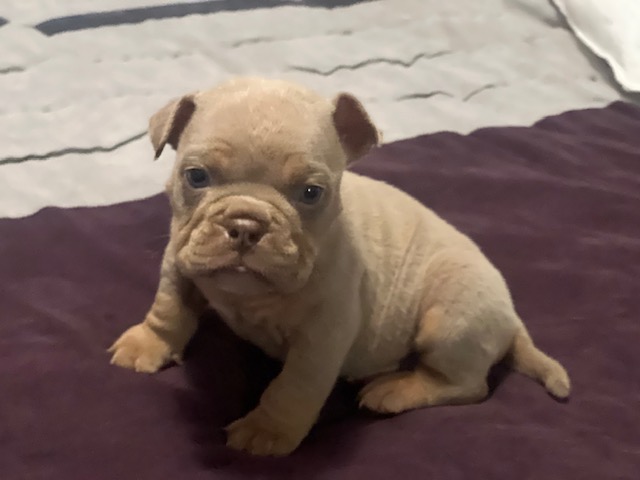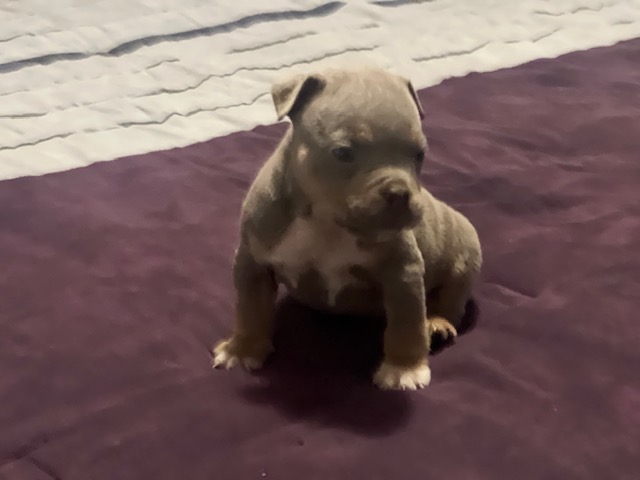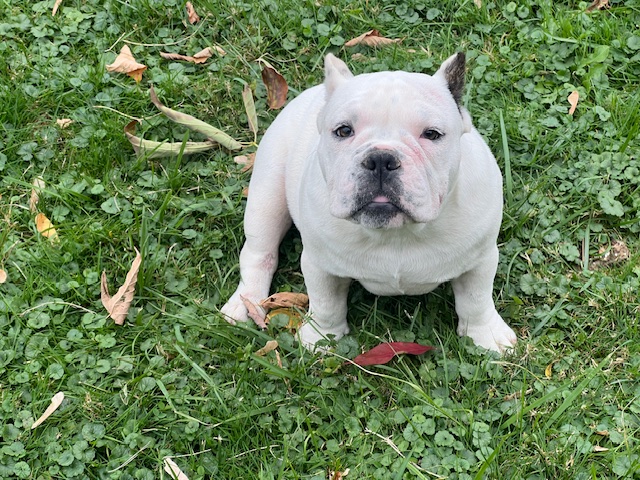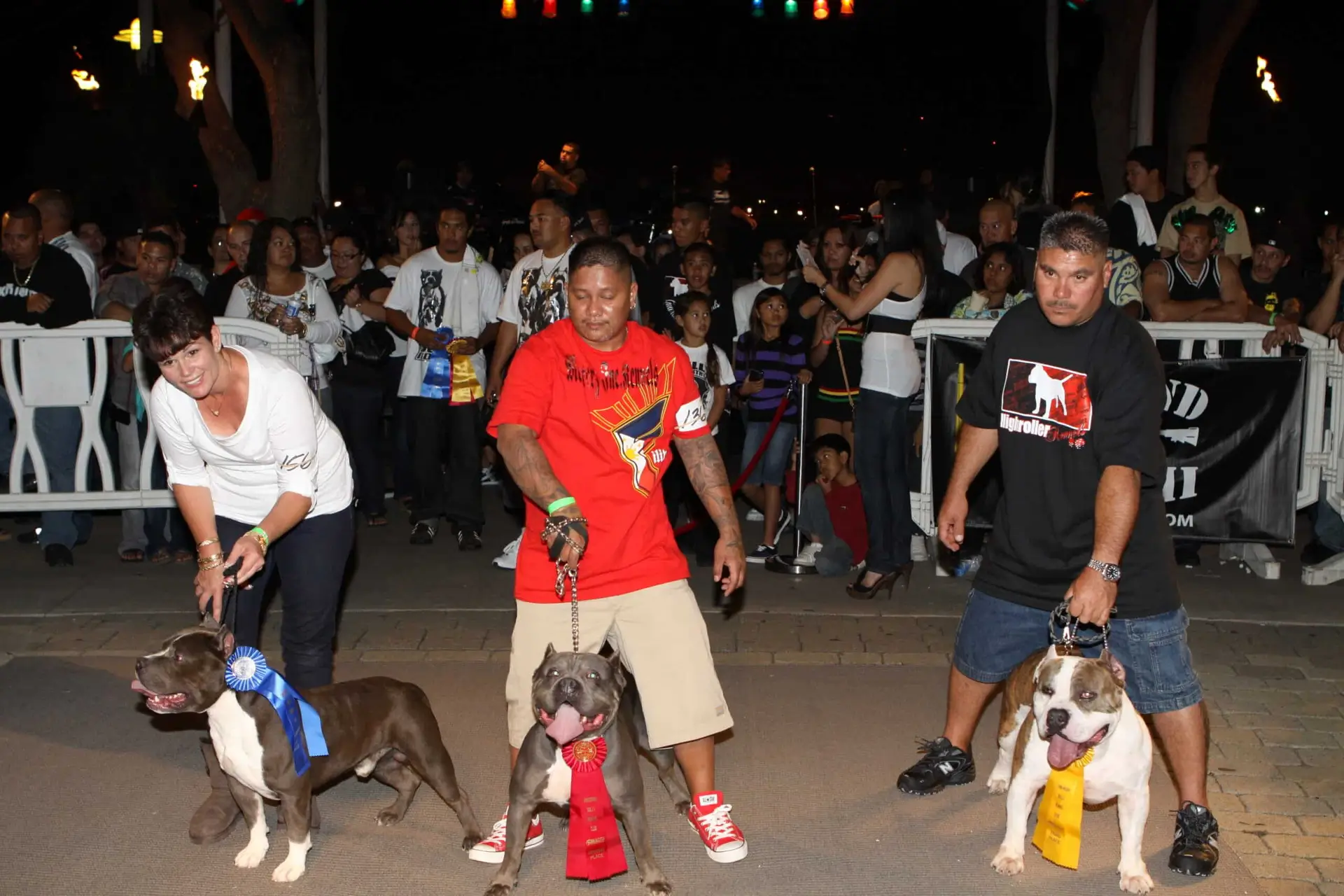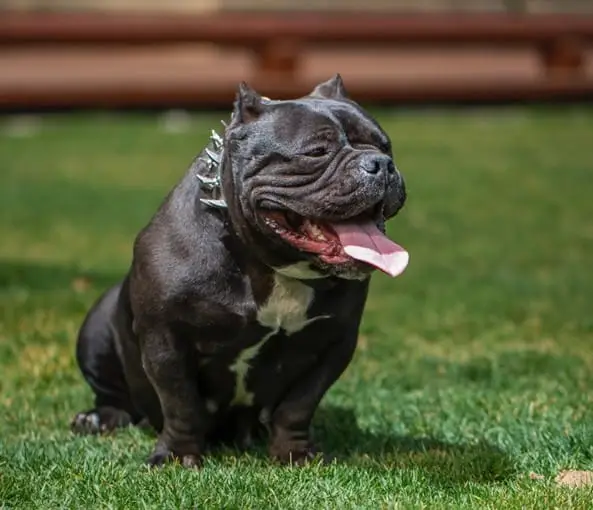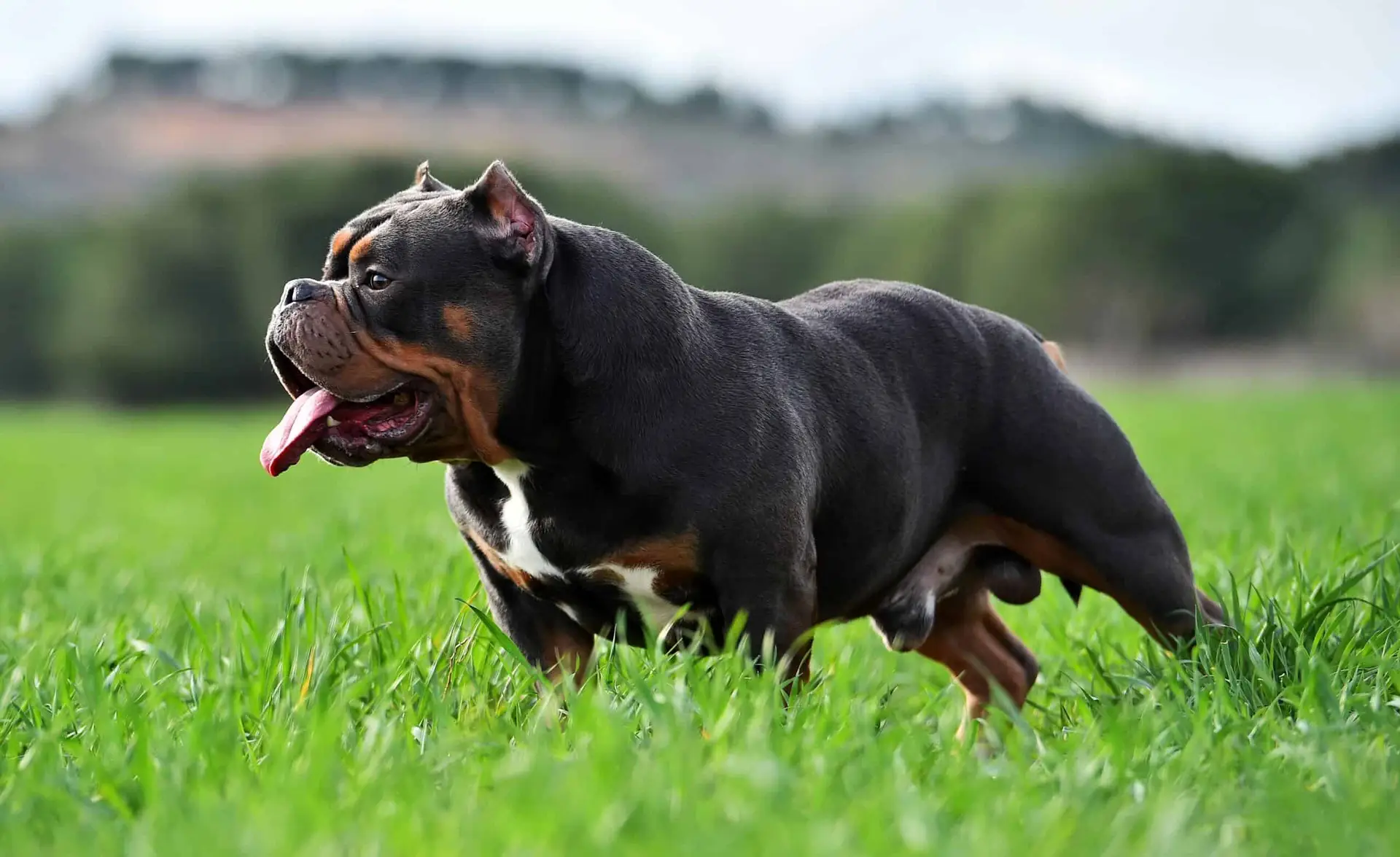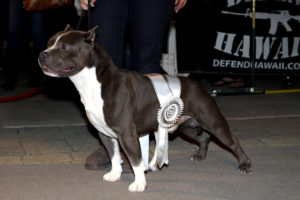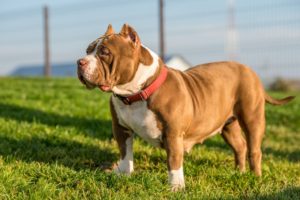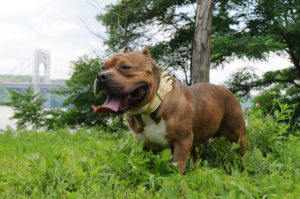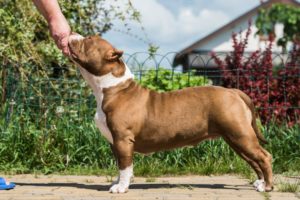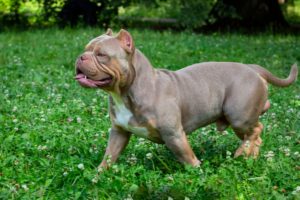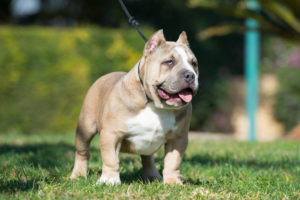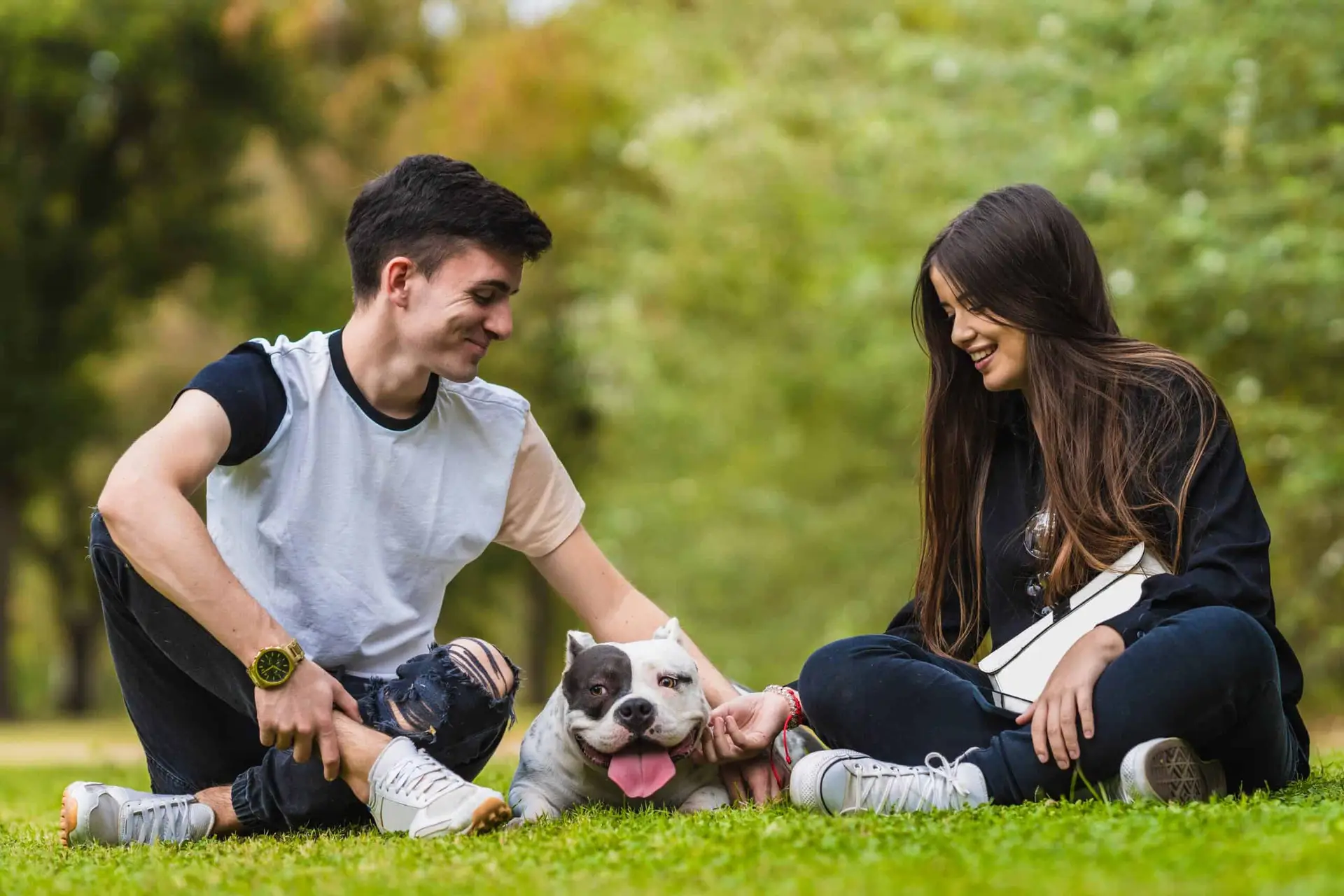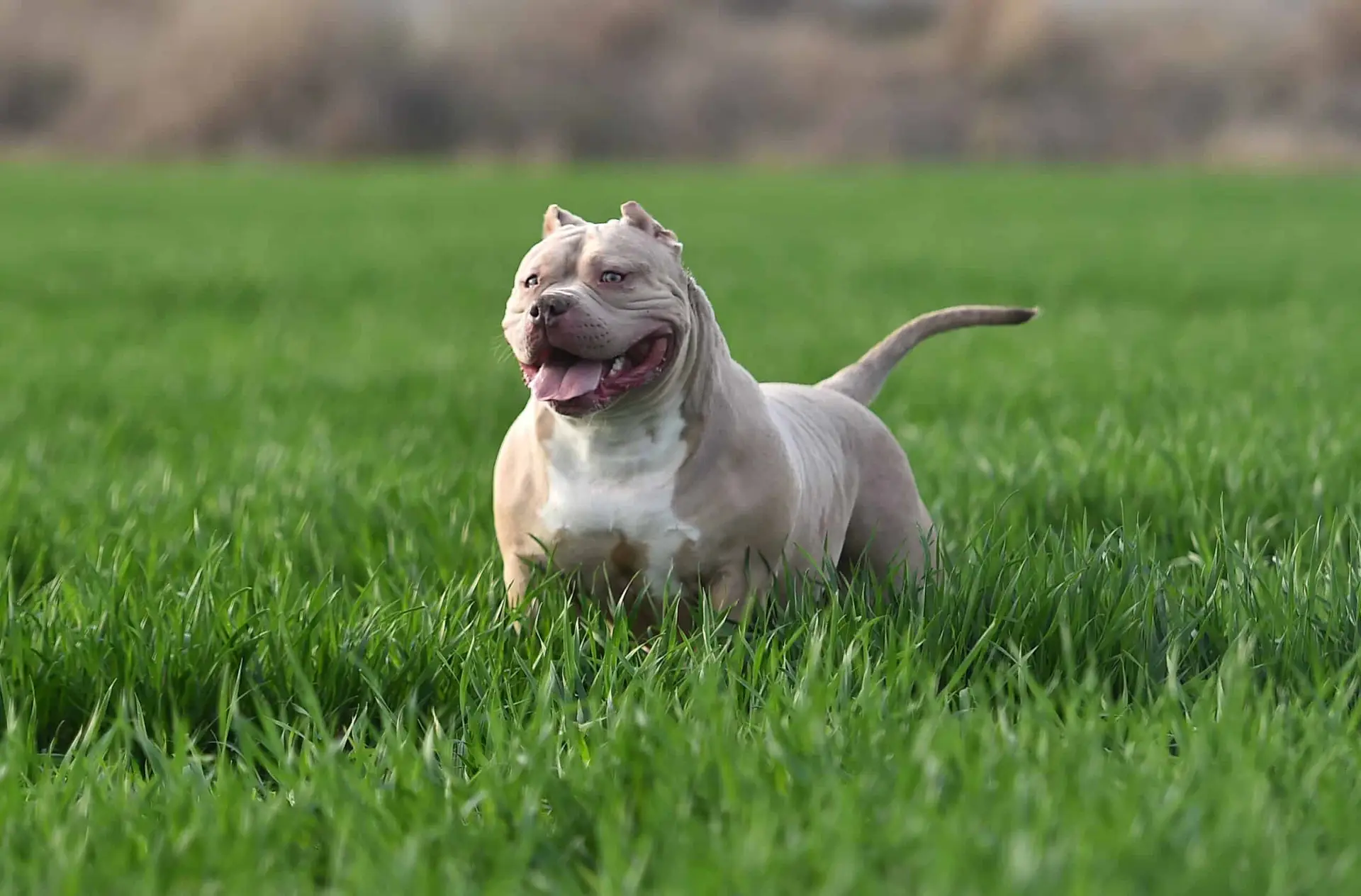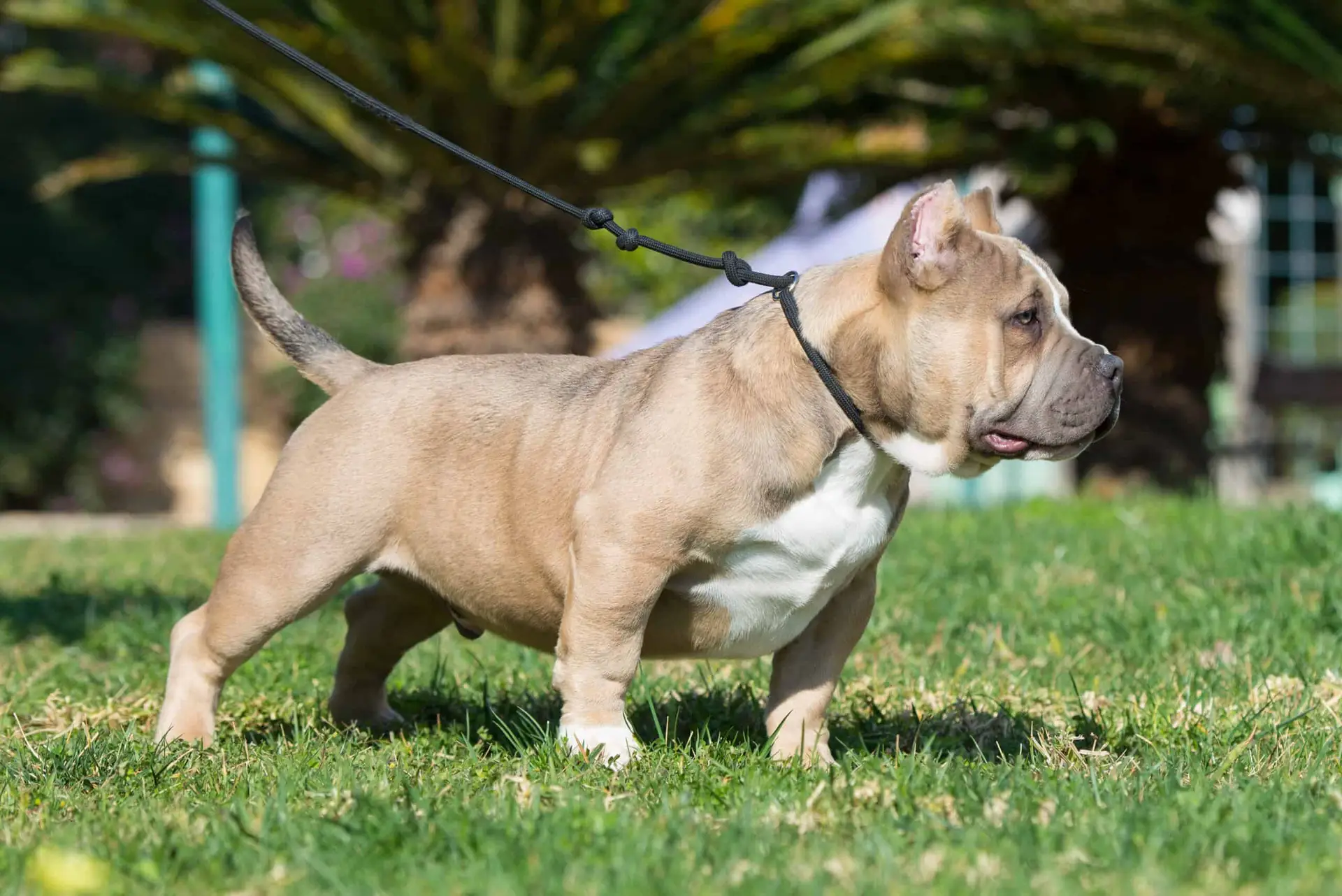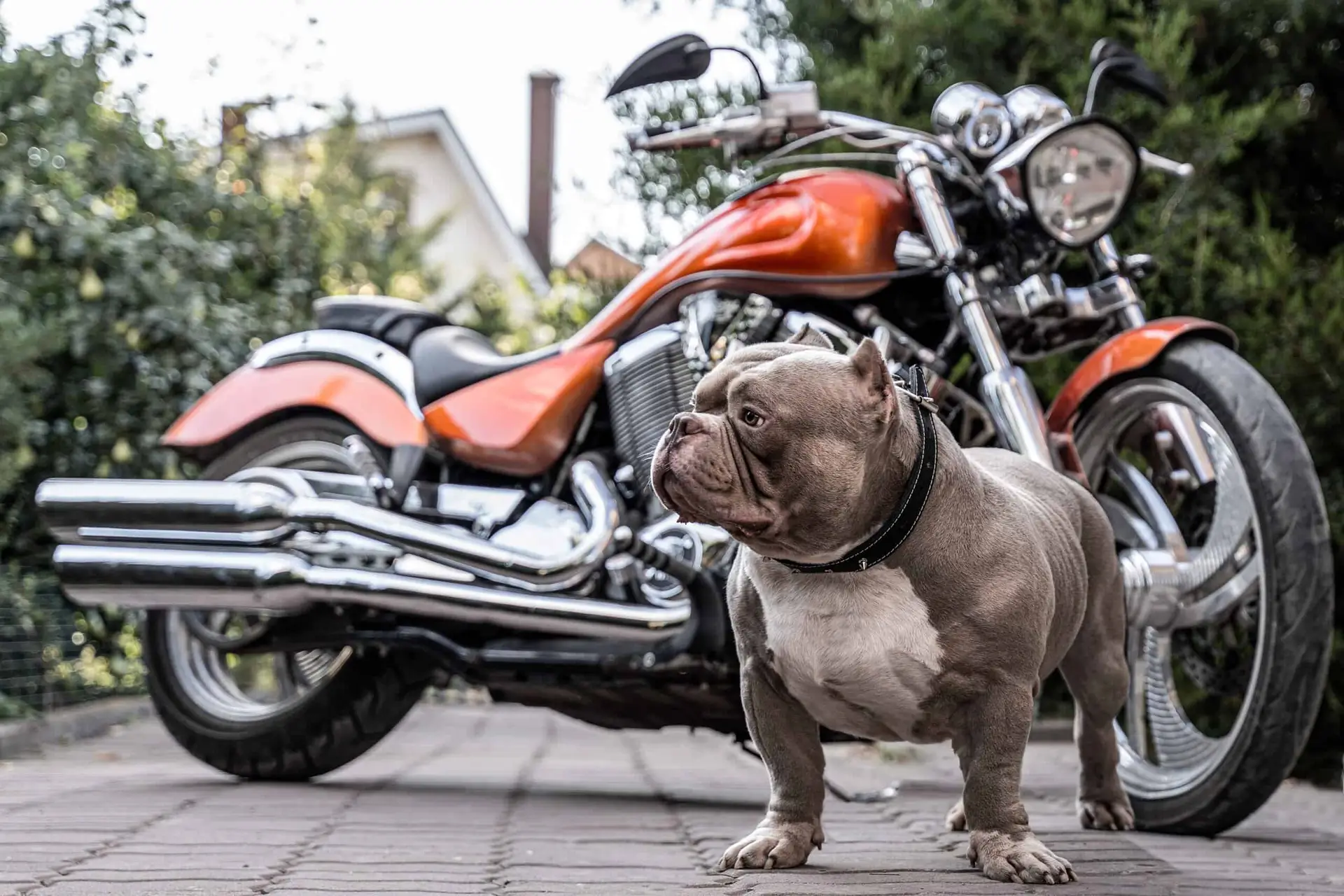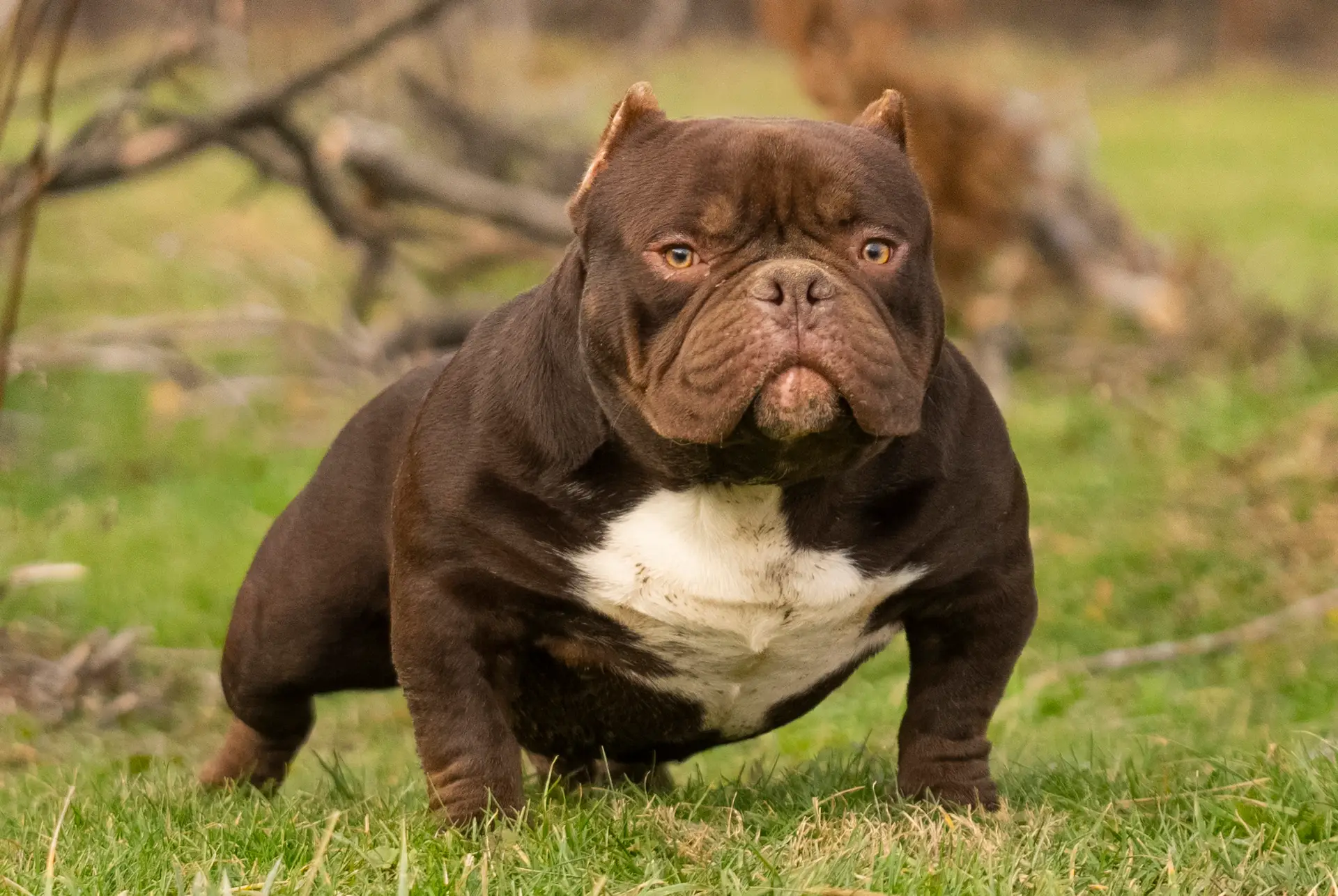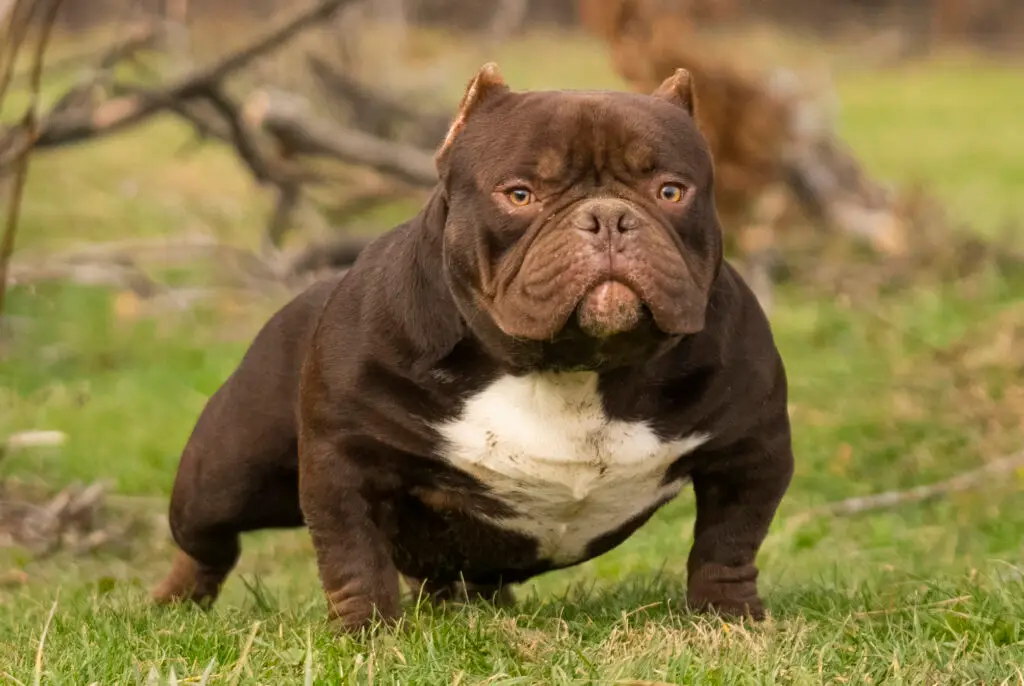When it comes to dog breeds, nowadays, we can find many on the market which are considered “new”. But in this world of newcomers, there is one that gained popularity and stood out from the crowd – the American bully!
Even though it doesn’t have a long history, we can promise it is an exciting and interesting one! So today, we will talk about everything connected to this breed. Let’s explore its origins and find out why there is a heightened interest in having this particular dog as a part of a family.
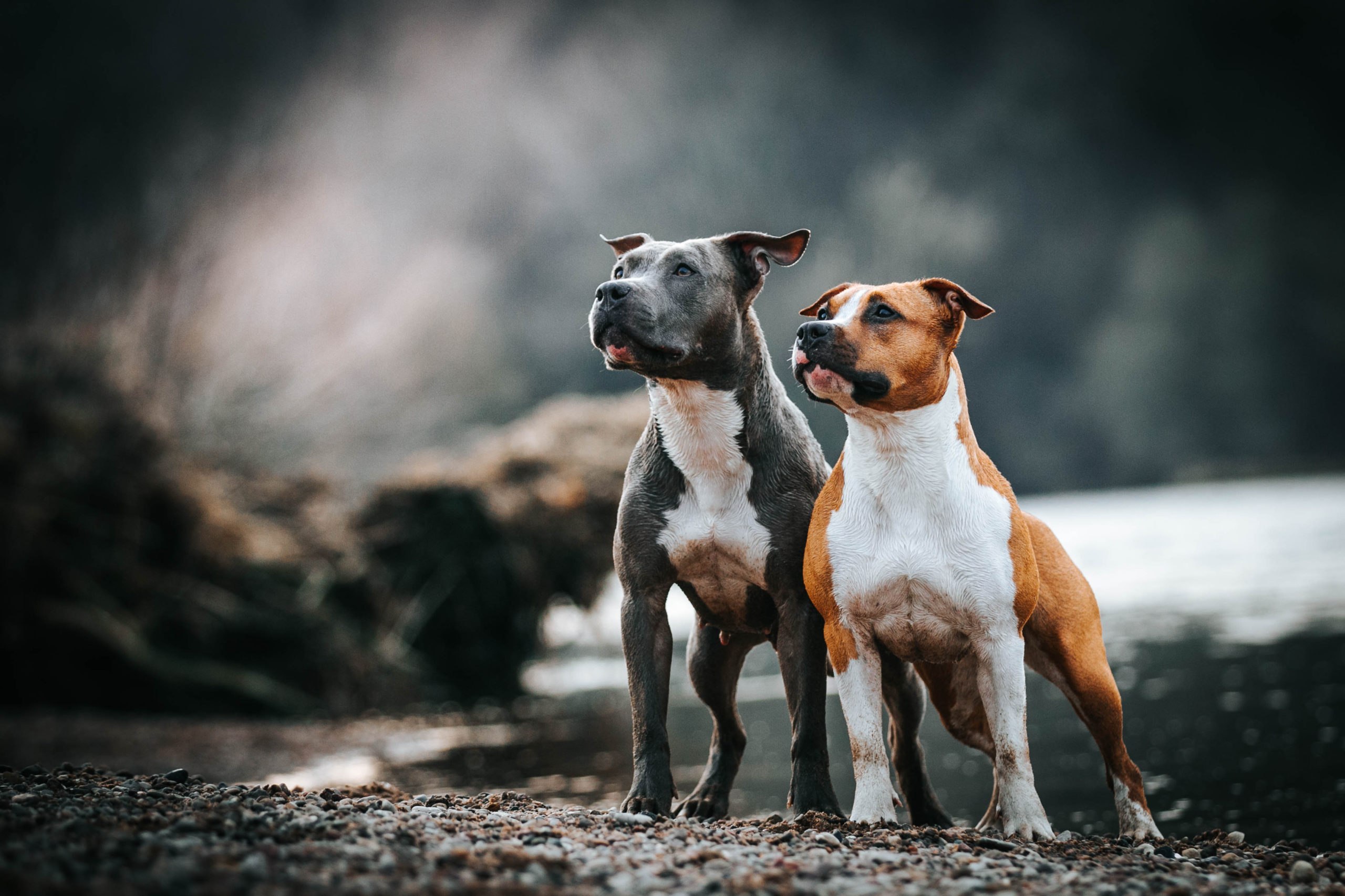 Where does it come from?
Where does it come from?
As we mentioned, the American bully is a relatively new breed that only made its first step onto the dog scene about 20 years ago. It was bred from different breeds and carefully selected to create the ultimate family companion dog with a good temperament and physical characteristics.
What is amazing about its breeding process is that the target was also to remove each specific breed’s negative aspects. That said, some of the species included in the creation of the American bully include the American Staffordshire Terrier, the American Pit Bull Terrier, the French Bulldog, the English Bulldog, and some other bulldog breeds. Even more extraordinarily, the typical aggression present in these breeds was removed, as well as the hunting instinct, creating a wonderful dog that is perfect for keeping as a family pet.
History of Bullies
We are more than certain that every time in the past, as soon as you heard the name Pit Bull Terrier, your mind immediately raced to aggression, dog street fights, and not being a good, stable fit as a family pet. Well, the truth is that even though we cannot dispute the fact this is true, the reason for their behavior is mostly due to humans. For decades, they have been bred for blood sports, and because of it, they have been known as the “outcasts” in the family dog world. However, as fights started being banned, and they were mostly used for hunting and cattle, people started noticing their family-friendly traits.
Nowadays, the press makes all the fuss about illegal blood sports, giving them a bad name. A picture of them has been painted, including a desire to have an animal strong and fierce enough to fight other, larger animals and even bears. But if you see all the signs, Pit Bulls are being abused and tortured, resulting in fear and aggression – which is an expected response. With the aid of many kind souls and organizations who care for these intelligent dogs, more and more of them are being protected and raised properly to nurture their true traits. It’s worth remembering that even though breeds such as these have been known as aggressive, this has more likely been caused by their environment, which is NOT a personality trait.
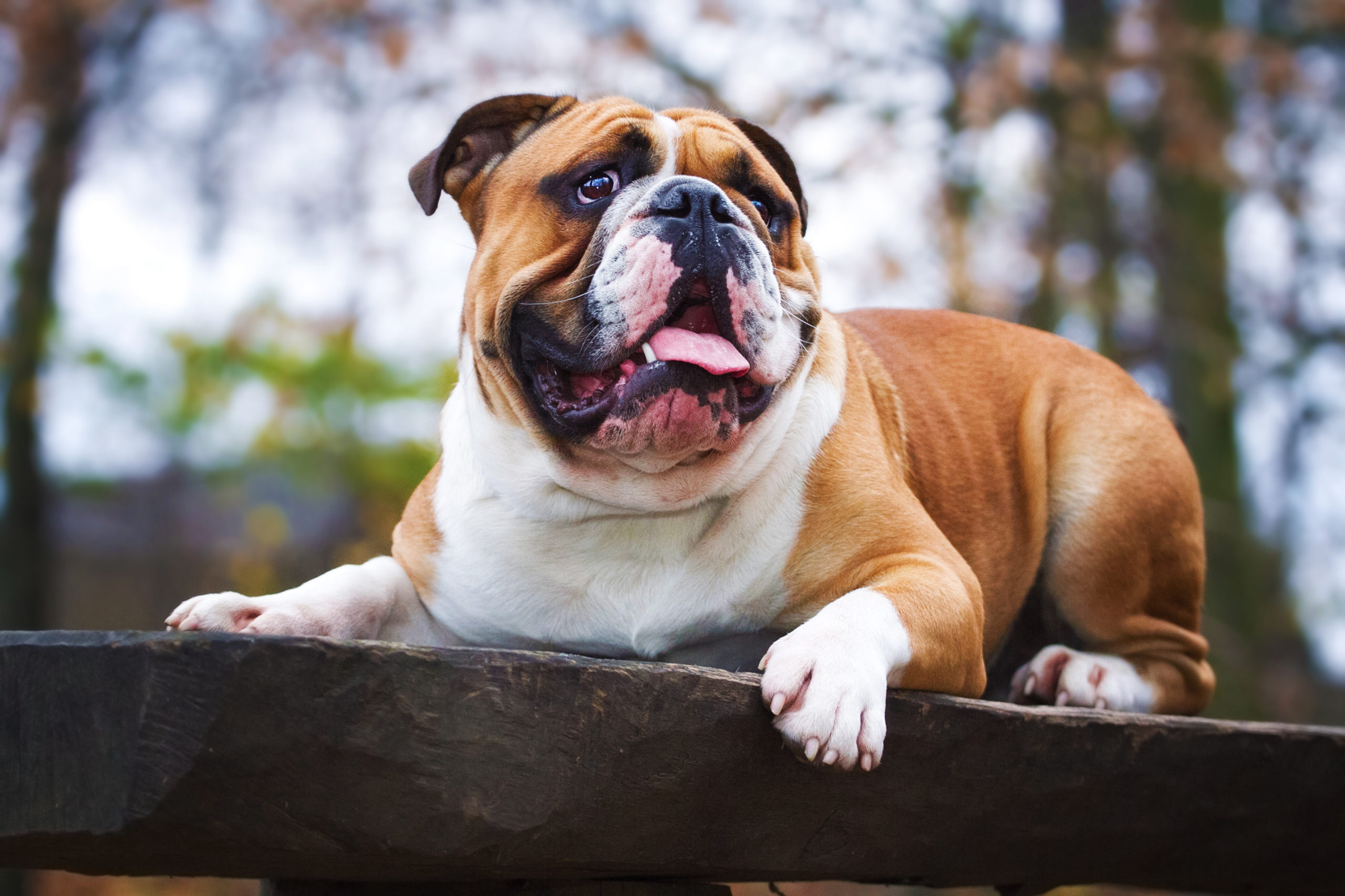 Losing the aggressive side
Losing the aggressive side
If you see a few American Bully Puppies, naturally, you would run toward them and vice versa. They will be cute, just like any other puppy. So, how come they have been labeled as hostile for so long? They are not violent or combative by nature, so if you are thinking about getting an American Bully, don’t let this sway your opinion.
Many dog breeds have been considered far more dangerous – even natural predators that people have been welcoming in their homes as pets while neglecting the gentle nature of this incredible breed.
Nevertheless, people wanted to keep the intelligence, loyalty, and strong feature of the typical American Pit Bull Terrier, so they started creating a more friendly version with these traits in mind – the American Bully. The visual difference is the first thing you might notice once you compare the two, but their temperament is worth mentioning too. The latter has some incredible features, including a muscular frame and broad chest. We love that they have such distinctive traits, you can recognize them anywhere, and they are usually the first ones to cuddle!
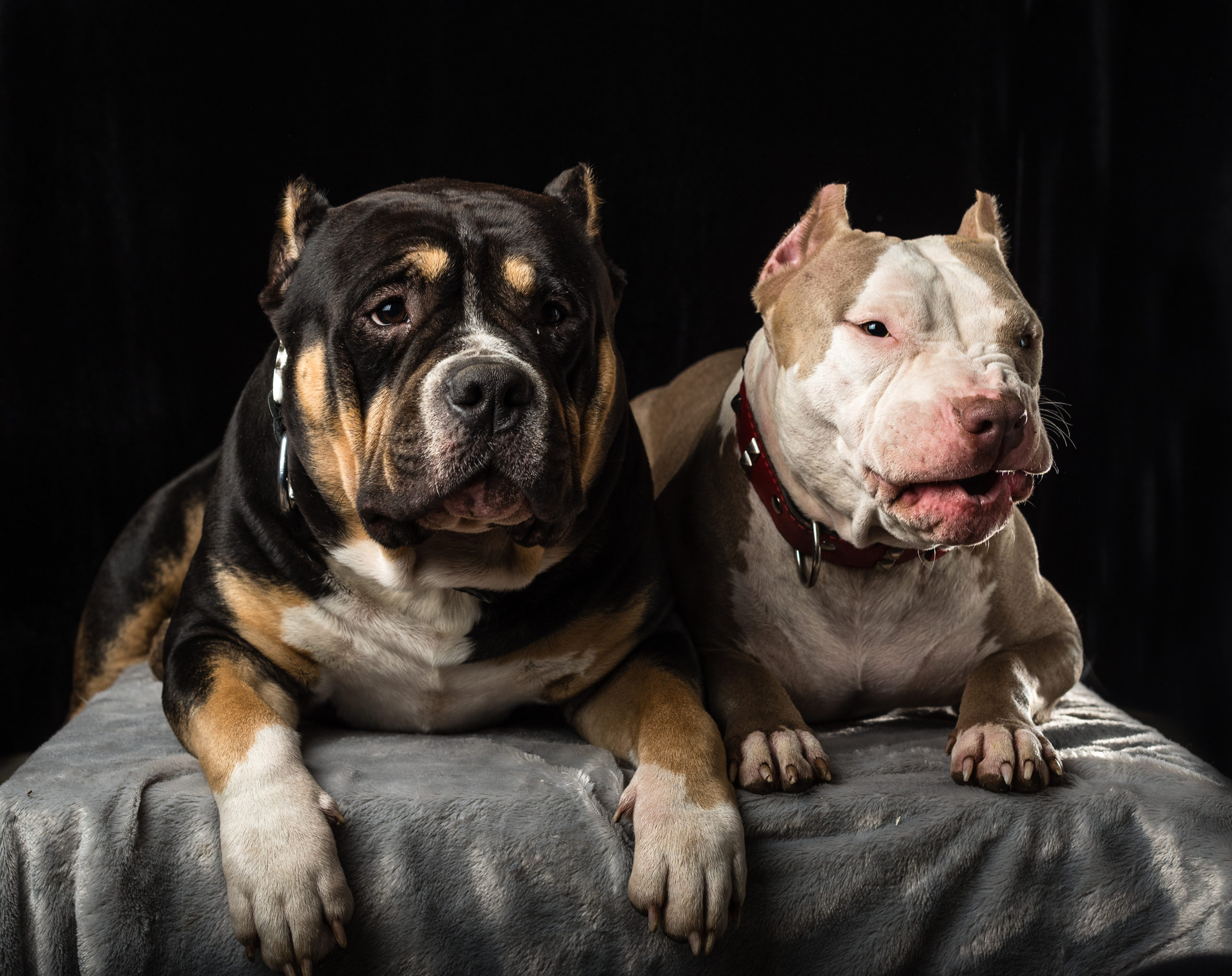 Back to the matters of the heart – American Bully’s traits
Back to the matters of the heart – American Bully’s traits
Despite their bad press and their physical appearance, the American Bullies are an incredible companion for everyone. They have proven to be affectionate by nature, gentle, and protective when needed. It seems that their charm can move mountains, instantly capturing the hearts of everyone around!
People who opted for American Bully Puppies, but also grown American Bullies, describe them as the most loving, affectionate and obedient dogs they have ever owned. They are practically irresistible! Since the reason for their creation is to make a strong companion that is also friendly and filled with intelligence and charm, this is a jackpot dog.
But, what we found the most interesting about them is how they can create a bond with family members and feel protective around children. Even though Pit Bulls have been protective in the past, too, it seems that, with this breed, the trait has been accentuated even more, creating an animal with a protective shield – acting as a guardian of your own home galaxy!
Their temperament is fun, caring, friendly, tolerant, obedient, and intelligent. If you are thinking about getting a dog, and this is the particular one that caught your eye, then we support your decision!
Finally, if you want to get some more information on our new Capcity Bully puppies, adults for sale, latest blogs, and breedings – scroll down to the bottom of the page and fill out the email alerts box!
Find Your Perfect American Bully Puppy for Sale Today — Nationwide & Worldwide Delivery Available
Welcome to Cap City Bullys — The #1 Choice for Show-Quality American Bully Puppies
At Cap City Bullys, we’ve spent 15+ years perfecting the art of breeding purebred, registered American Bully puppies that stand out for their muscular conformation, rock-solid health, and calm, even temperaments. Located in Erie, Pennsylvania, our family-run kennel serves bully enthusiasts from New York to California—and ships champion-line puppies safely across the globe.
Puppies For Sale At Capcity Bullys
Blu Ice Magnum — Elite Lilac Micro Male from Icon × Bella | Now Available at Capcity Bullys...
Ghost Reign — Striking Lilac Tri Micro Male from Icon × Bella | Now Available at Capcity Bullys...
Royal Valor — Elite Lilac Tri Micro Male from Icon × Bella | Available Now at Capcity Bullys Meet...
Born November 11th 2025 – Elite Micro Bully Female • Chocolate Tri • Bape × Miagi × Devilspit...
Missy A Micro female with compact frame with flawless lines, this pup is sweet but built like a...
Xena This female blends elite genetics with next-level build. Short frame, bold front, and wide...
